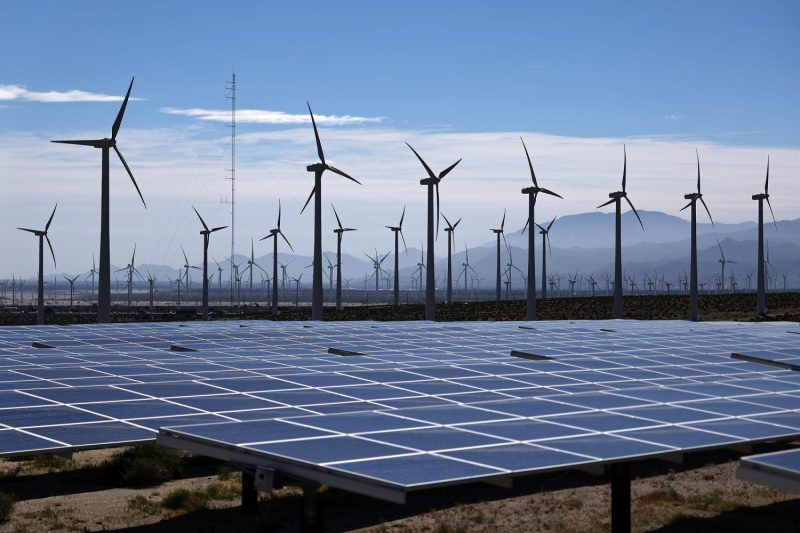
Powering Up: The Surge Towards Tripling Demand for Renewable Energy
The Shift Towards Renewable Energy: Meeting the Surging Electricity Demand
As global electricity consumption continues to surge, the demand for renewable energy sources is poised to triple in the coming years. With concerns over climate change and the finite nature of fossil fuels, the transition to renewable energy is not just a choice but a necessity. Countries around the world are increasingly investing in renewable energy technologies to meet their growing energy needs while reducing their carbon footprint.
One of the primary drivers of the increasing demand for renewable energy is the rapid growth of the electric vehicle (EV) market. As more countries and companies aim to decarbonize transportation, the demand for electricity to power EVs is set to rise dramatically. This shift towards electric vehicles presents a significant opportunity for renewable energy sources to play a crucial role in providing clean and sustainable power for transportation.
Furthermore, the rise of smart technologies and the Internet of Things (IoT) is also contributing to the surge in electricity consumption. As more devices and appliances become connected and digitized, the need for reliable and sustainable power sources becomes paramount. Renewable energy technologies such as solar, wind, and hydroelectric power are well-suited to meet the demands of a digitally connected world.
In addition to the environmental benefits, the economic advantages of renewable energy are becoming increasingly evident. As the cost of renewable technologies continues to decline, they are becoming more competitive with traditional fossil fuels. This cost parity is driving further investments in renewable energy projects, leading to job creation and economic growth in the sector.
Despite the promising outlook for renewable energy, there are challenges that need to be addressed to ensure a successful transition. One of the key challenges is the intermittency of renewable energy sources such as solar and wind power. To overcome this challenge, advancements in energy storage technologies are crucial to store excess renewable energy for times when demand exceeds supply.
Policy and regulatory frameworks also play a critical role in supporting the growth of renewable energy. Governments need to provide incentives and subsidies for renewable energy projects to encourage investment and adoption. Additionally, fostering a competitive market for renewable energy will help drive innovation and reduce costs, making renewable energy more accessible to a wider population.
In conclusion, the surge in electricity consumption presents both challenges and opportunities for the renewable energy sector. By investing in renewable energy technologies, countries can meet their energy needs sustainably while reducing their carbon emissions. The transition to renewable energy is not just a trend but a fundamental shift towards a cleaner and more sustainable future.
